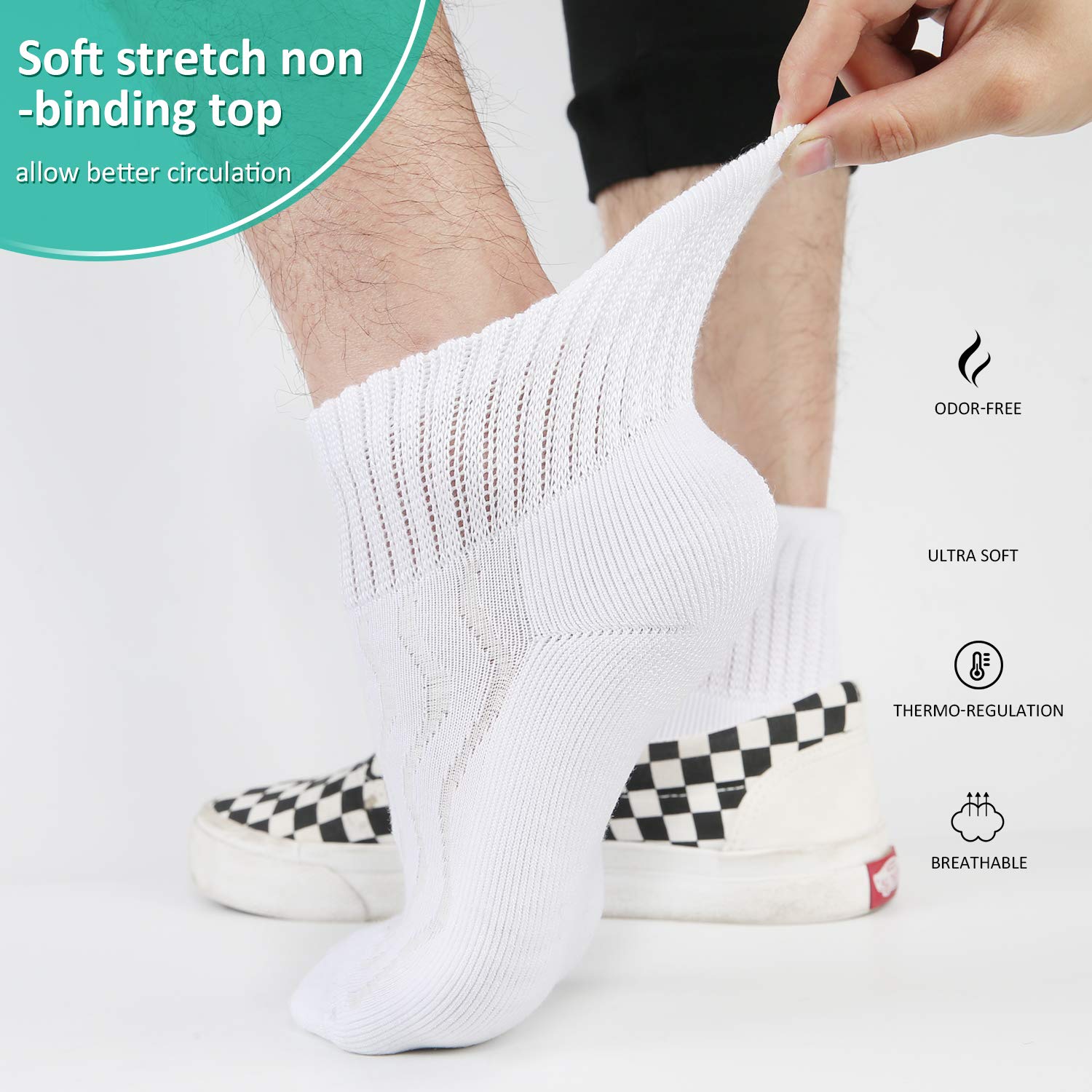People wear compression socks for comfort, to perform better in sports, or to help prevent serious illnesses. Compression socks can improve your blood circulation. They can reduce pain and swelling in your legs. They can also reduce your chances of developing deep vein thrombosis (DVT) (a type of blood clot) and other circulatory problems.
Compression socks are the ideal solution for most people experiencing swollen legs and feet. The problem is that there are many different compression socks, and it's hard to know which ones you need. Please read this article to learn more about the various types of compression socks, what they're used for, and how to choose the right length for you.
Different classifications of compression socks

The following is a classification of compression socks according to their specialized use, mainly divided into medical prescription compression socks, over-the-counter compression socks, and specific compression socks for diabetic patients.
- Prescription compression socks
These are compression socks that require a doctor's prescription. These doctor's prescriptions include the "strength" of the degree of compression and indicate the recommended length of the compression socks: knee-high, thigh-high, or full-length leggings. With a typical strength of 30-40 mmHg, these compression socks are used for managing moderate to severe foot symptoms and medical rehabilitation.
- Over-the-counter compression socks
These compression socks, with a strength of 15-20 mmHg, are ideal for daily wear, travel, and sports without making the legs too tight. People can wear compression socks daily to reduce leg pain when standing. These compression socks are available in different materials to suit any lifestyle.
- Compression socks for diabetic patients
These diabetic compression socks are specific to medical compression socks with subdivisions that help improve blood circulation in the lower legs and force blood to flow to the patient's feet.
Different lengths of compression socks
- Knee High Compression Socks
Knee high compression socks stop just below the bend of the knee and just above the bend of the calf. While some compression socks have enough stretch to pull them over the knee, please do not do this. Pulling a knee-high over the knee may cause them to roll or slip, which can be uncomfortable and sometimes dangerous, depending on your condition and the compression you are wearing.
- Thigh High compression socks
Thigh high compression socks cover your entire leg, ending at the top of the thigh and below the hip crease. Thigh High compression socks are designed to cover the entire thigh, as they are intended to improve blood circulation throughout the leg.
- High-waisted compression socks
High-waisted compression socks (pantyhose, maternity pantyhose, and men's tights) have legs connected by the torso section. High-waisted compression socks can bring swelling out of the legs through the hips, which is the main difference between waist-high and thigh-high compression socks. For women, maternity (or plus size) pantyhose have a highly expandable abdominal section.
Recommended compression socks
Thigh High Graduated Compression Opaque Stockings

This thickened thigh-high compression sock is made of nylon to keep your feet and legs warm, recommended for winter, spring and fall. A breathable open-toe design is used to increase comfort and make it easy to check the condition of your feet. Also, reinforced knit heels are for a good fit and durability. The silicone dot non-slip band at the top ensures socks stay in place all day.
Strength of 20-30mmHg fits for varicose veins, spider veins, edema, deep vein thrombosis, post-surgery, swollen calves and ankles, dilated veins, and pregnant or nursing mothers. (when recommended by a doctor)
Open Toe Medical Compression Socks

This toeless knee-high compression sock can also help people suffering from various toe conditions, such as ingrown toenails, corns, and bunions. The open-toe garment extends over the entire ankle and heel, covering the entire foot arch to the base of the toes, which ensures that you get the compression you need while keeping your toes free from any fabric coverage. They also allow for the benefits of gentle compression when wearing flip-flops in the warmer months.
After reading this article, you will understand the different lengths of compression socks. Choosing a compression sock of the right length can better protect your feet from soreness and fatigue.
